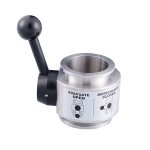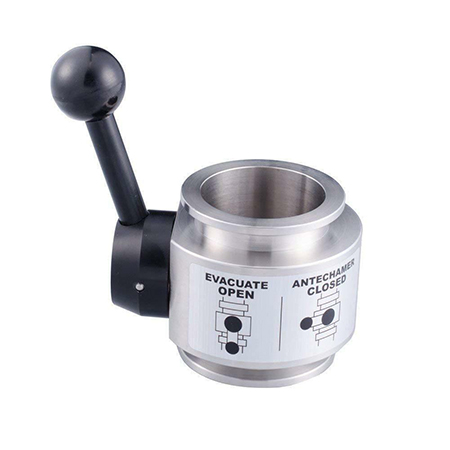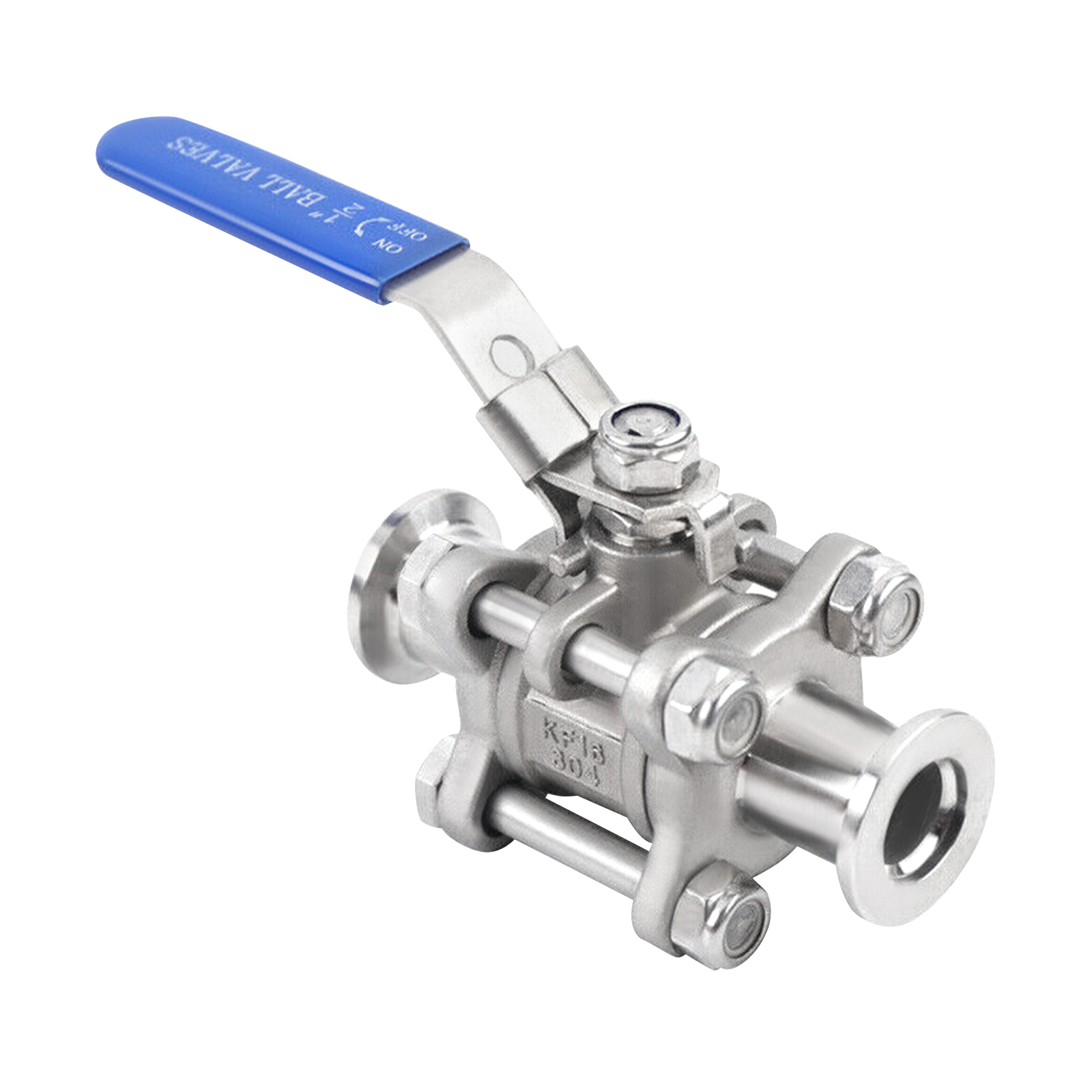
What is the Difference Between an Insulation Discharge Valve and a General Discharge Valve?
The thermal insulation discharge valve is an extended product of the discharge valve. The biggest difference from the ordinary discharge valve is that the insulation discharge valve is welded with an insulation jacket and has a thermal insulation function. The following technicians in our factory mainly come from the insulation discharge valve. Explain so that everyone can understand the difference between the insulation discharge valve and the general discharge valve.
The insulation discharge valve is mainly used in various system pipes that need to maintain a certain temperature for a long time to transport high-viscosity media that will solidify at room temperature. Steam or other hot insulation medium can flow freely in the jacket to ensure that the viscous medium can flow through the discharge valve smoothly. In many harsh corrosive conditions, this oxide film is very stable and difficult to dissolve. Even if it is damaged, it can repair itself and regenerate quickly as long as there is sufficient oxygen. The feed valve has the advantages of safety, reliability and long service life. The thermal insulation titanium discharge valve produced by our factory is widely used in alkali industry, soda ash industry, pharmaceutical industry, fertilizer industry, fine chemical industry, textile fiber synthesis and bleaching and dyeing industry, basic organic acid and inorganic salt production industry, etc.
The heat preservation discharge valve is easy to operate, free to switch, flexible and reliable in movement, simple maintenance of the valve flap device, reasonable sealing structure, and convenient and practical seal replacement. The heat preservation discharge valve is mainly used in petroleum, chemical, metallurgy, papermaking and other industrial fields. Its structural feature is that the slurry deposited in the storage tank and pipeline can be circulated and drained, and the valve disc is pushed up or down through the valve stem to achieve the purpose of opening and closing. When the handwheel of the upward-extension heat preservation discharge valve turns forward, the valve stem moves upward, and the valve opens; when the handwheel of the downward-extension heat preservation discharge valve reverses, the valve stem drops and the valve opens.







